This Unmanned Submarine Will Level Up Undersea Battles
Chitanis - Aug 24, 2019

Boeing has signed the contract with the US Navy to produce four Orca submarines, which marks a new era of US undersea battle.
Undoubtedly, drones are playing a more and more vital role in US warfare in the future. In his term, Barack Obama gave consent to 506 drone strikes, which is ten times the number of drones authorized by George W Bush. The current president, Donald Trump, gave consent to three right on the first week after being elected.
Until now, people pay most of their attention to the UAVs (the unmanned aerial vehicles), the topic for controversial discussions about the dehumanization of the war, instead of seagoing craft. However, the new Orca from Boeing marks the beginning of the era of the Extra-Large Unmanned Underwater Vehicle (the XLUUV).
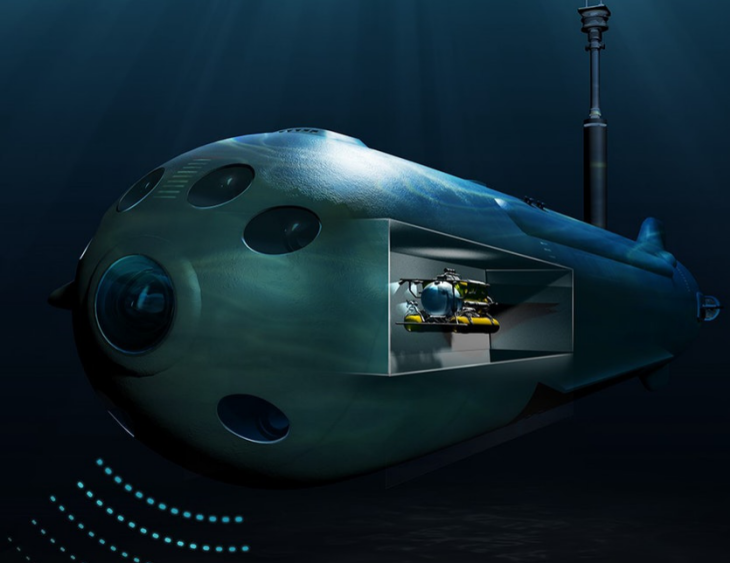
At first sight, it seems reasonable to create drone submarines. In our mind, memories about movies like The Abyss, Das Boot, and Crimson Tide, and the 2000 disaster with Kursk submarine in real life still always exist. And even if we don't have to fear underwater battles, submariners are still concerned about the sweaty, cramped conditions along with little free time or privacy.
Unmanned submarines can not only operate in much more dangerous water but are also disposable. And by omitting life support equipment, they can be much cheaper.

Boeing charged the US Navy only 43.2 million dollars to produce four craft as part of the Orca program. Meanwhile, it cost $2.4 billion just to build one submarine in the Virginia-class sub.
In fact, unmanned submarines appeared decades before UAVs. In 1957, scientists from the University of Washington built the first submarine, and from that moment, submarines have appeared with almost all forms, sizes, and shapes, and performed every task, ranging from mapping the bed of the sea to find the source of gas and oil to scientific research.
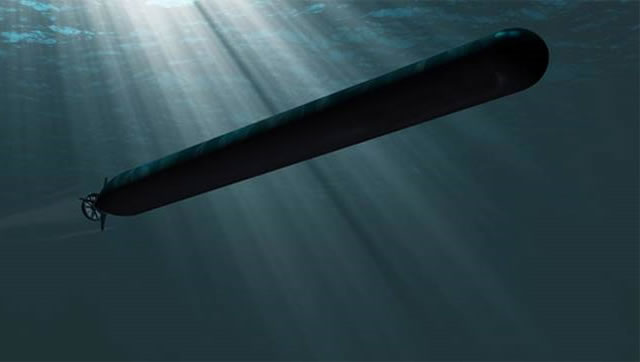
However, the Orca will be one of its kind. It will take inspiration from an earlier Boeing craft named Echo Voyager shaped like a missile with a weight of 50 tons, which the firm said to be a test model for development.
Similar to the Echo Voyager, the Orca will pack a hybrid combination of marine diesel generators and batteries. In addition, it can be deployed as well as recovered from a pier. which means there's no need to launch or use support ships in case of remote or dangerous places. Meanwhile, crews on land have control over the fleet and issue orders on a set-and-forget basis.
It is likely that Orca will make use of the inertial navigation network of the Echo Voyager, which uses gyroscopes and accelerometers to determine its velocity, position, and orientation. With depth sensors, we will know how deep the submarine is down the water, it can go to the surface for fixing its position through GPS, send, receive findings, get orders as well as other data through satellite.
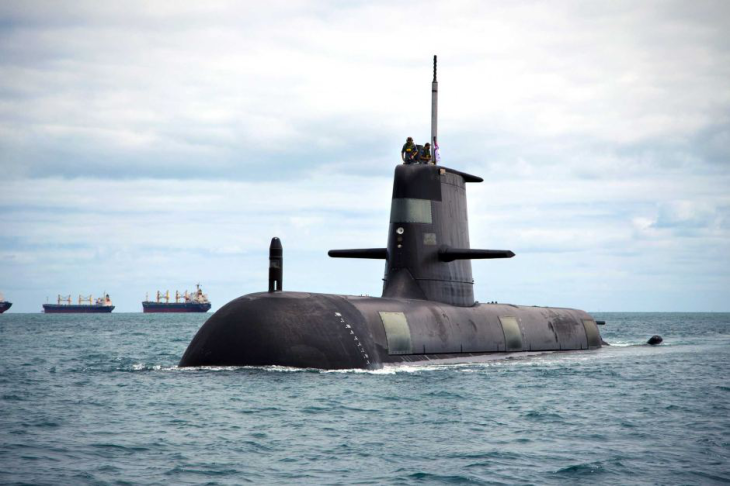
Although Orca will be used for warfare, its modular design will be similar to that of its predecessor. It will be able to carry as much as eight tonnes of cargo with dongles for attaching other weapons or instruments on its outside.
As claimed by the company, this new unmanned submarine is likely to provide “guidance and control, navigation, autonomy, situational awareness, core communications, power distribution, energy and power, propulsion and maneuvering, and mission sensors.”
No matter the task, testing an oil spill's extent, performing tasks underwater, or deploying a mine in a hostile port, Orca's open software and payload/hardware system lets you configure it for various purposes and quickly redeploy for another use.
For the US Navy, this means “mine countermeasures, anti-submarine warfare, anti-surface warfare, electronic warfare and strike missions.”
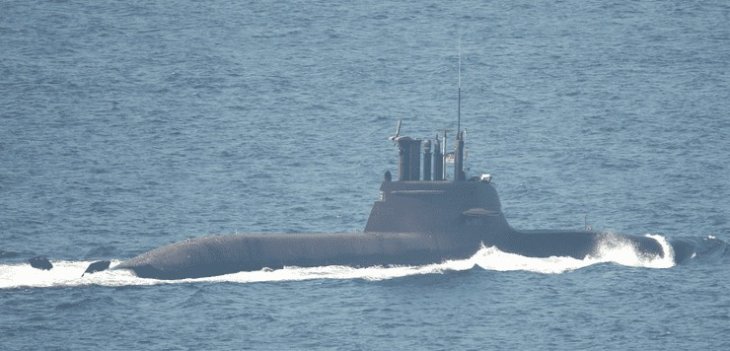
This covers lots of the sea (or ground, depending on the actual situation), from launching missiles to locating the positions of enemy ships with the use of sonar and giving a detailed account of the case to the forces located nearby.
In a certain aspect, the Orca, as well as other unmanned submarines, makes more sense compared to self-directed aircraft. While it is not difficult to communicate when you are in the sky, it is pretty hard to receive and send signals when you are traveling underwater.
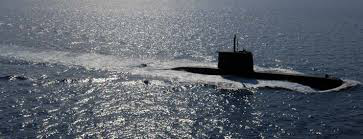
As the transmission of radio signals can be distorted, which means your mobile can't work even when you're just some meters down and in dry airspace, the operators need to know that the craft follows instructions (or finding the best solution to perform the task itself) without on-progress communication or report. It also needs the autonomy for detecting and avoiding contact with potentially harmful objects, ranging from a big rock to a whale passing by.
Back in 2012, the US Navy acknowledged that they lacked a safe enough power source in high-pressure saltwater, which it expected to solve before 2017.
Lastly, a UUV could take care of 10 tasks instead of having a separate craft for each task.
The Orca is set for release by June 2022.
Featured Stories

Features - Jul 01, 2025
What Are The Fastest Passenger Vehicles Ever Created?

Features - Jun 25, 2025
Japan Hydrogen Breakthrough: Scientists Crack the Clean Energy Code with...

ICT News - Jun 25, 2025
AI Intimidation Tactics: CEOs Turn Flawed Technology Into Employee Fear Machine

Review - Jun 25, 2025
Windows 11 Problems: Is Microsoft's "Best" OS Actually Getting Worse?

Features - Jun 22, 2025
Telegram Founder Pavel Durov Plans to Split $14 Billion Fortune Among 106 Children

ICT News - Jun 22, 2025
Neuralink Telepathy Chip Enables Quadriplegic Rob Greiner to Control Games with...

Features - Jun 21, 2025
This Over $100 Bottle Has Nothing But Fresh Air Inside

Features - Jun 18, 2025
Best Mobile VPN Apps for Gaming 2025: Complete Guide

Features - Jun 18, 2025
A Math Formula Tells Us How Long Everything Will Live

Features - Jun 16, 2025
Comments
Sort by Newest | Popular